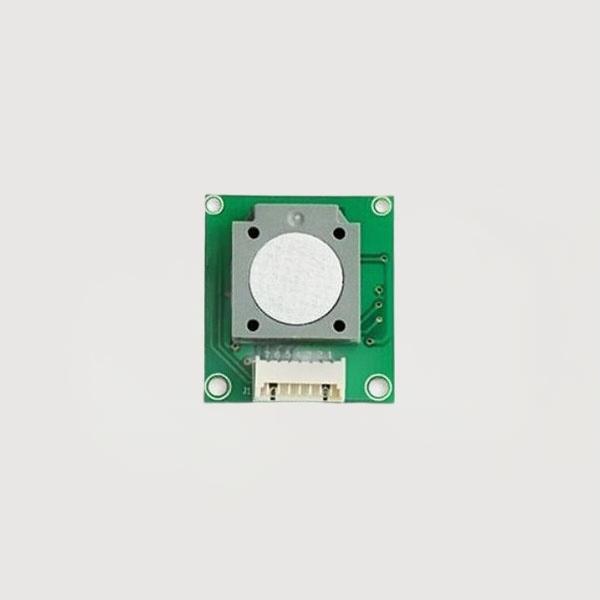

 News
News Industry News
Industry News Formaldehyde(CH2O), classified as a Class 1 carcinogen by the World Health Organization, has garnered significant public attention in recent years. As a persistent element in air pollution, formaldehyde not only has a latent period of 3-15 years but is also difficult to detect directly.
Although formaldehyde is an irritant, research shows that its odor threshold (the lowest concentration detectable by the human body) is between 0.05 and 0.5 mg/m³, while most people's actual perception threshold is typically between 0.2 and 0.4 mg/m³. This means that indoor formaldehyde concentrations may exceed the recommended limit without being detected through smell.

On the other hand, the irritating odors people perceive may not necessarily be formaldehyde, but may instead be due to other volatile organic compounds.
Olfaction sensitivity varies significantly between individuals, influenced by factors such as smoking habits, air cleanliness, previous olfactory experience, and even psychological state. For example, non-smokers tend to be more sensitive to odors and may detect unpleasant odors even when formaldehyde levels are below the standard. Smokers, however, have a higher olfactory threshold and may not be able to detect formaldehyde even when concentrations exceed the standard.
Therefore, judging formaldehyde levels based solely on odor is unscientific. A reliable approach is to use specialized instruments for testing.
According to current standards and market research, there are at least nine methods for measuring formaldehyde concentrations in air, including AHMT spectrophotometry, gas chromatography, and acetylacetone fluorescence spectrophotometry. These methods are relatively expensive and are primarily suitable for professional lab workers. Common detection technologies used by the general public include metal oxide semiconductors, electrochemical sensors, phenol reagent spectrophotometry, and photoelectric spectrophotometry.

Electrochemical Formaldehyde Module TE08-CH2O
High sensitivity, high resolution, low power consumption, and long service lifeVarious output modes available, including UART and analog voltage signals
High stability, excellent anti-interference capabilities, and superior linear output
Among these, electrochemical formaldehyde sensors are widely recognized for their strong anti-interference capabilities, high response specificity, excellent sensitivity, accurate detection results, low detection limits, and good response recovery performance. They have become a key development area for formaldehyde gas sensors.
As consumers pay more attention to indoor air quality, formaldehyde sensors are being integrated into air detectors, air purifiers, fresh air systems, smart air conditioners and other equipment together with PM2.5 sensors, air quality sensors, temperature and humidity sensors, to jointly build a healthier and safer indoor living environment.
For more air quality sensors and application solutions, please come to us~